After co-designing her own home with her architect husband, Leo Wood made the leap from theatre producer to interior designer. Here, she shares what she’s learned about working with architects and the value of effective collaboration across disciplines
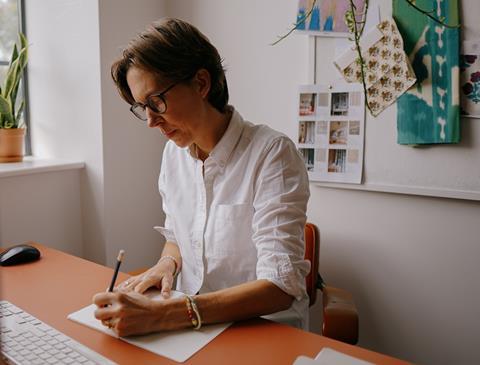
Just over a decade ago, my architect husband stumbled upon a derelict warehouse in Whitechapel, which he thought we should buy and renovate into a family home. At that time, I was working as a theatre producer with a small baby, but whilst spending hours on a building site, I found myself falling in love with the idea of transforming spaces. So, I switched careers and started trying my hand as an interior designer.
I have no formal training in interiors, but over the last ten years, I’ve learned on the job, working on projects for clients and co-designing and building two homes for our family. Being married to and collaborating with an architect has given me a good understanding of how architects think and problem-solve. I’ve seen first-hand what an architect prioritises when transforming a space, and it’s been interesting to realise how different the approach and skill set of an architect is to my own as an interior designer.
From my perspective, combining the strengths of both disciplines from the outset is the best way to serve a building project and its clients. The designer Ilse Crawford, whose human-centred interior design approach I have found so inspiring, has often said that her most successful projects have integrated the architecture and the interior from the beginning, and I tend to agree.
The role of interior designers
If we took the view that an architect starts a project with an outwards-in approach, focusing first on the building’s form and environment, then we could think of an interior designer taking a more inward-out role on a project brief, focusing primarily on the user experience: asking a client questions about their personal tastes and daily routines: How do you make coffee? Where do you watch telly? Can you describe to me your dream home, and how it would make you feel? These insights then shape both the functional and aesthetic vision for the space.
Of course, each architect and interior designer has their own working style, and I’ve collaborated with interior designers who think and have training as interior architects, as well as with architects who care deeply about the intricacies of the user experience and material finishes. And while architects can, of course, also deliver a brilliant result without an interior designer, I believe our role can elevate a project to its highest potential.
I find that my design superpower is to be able to make an almost instinctive, psychological ‘read’ of a client
I know many architects pride themselves on the client-led nature of their design work, but an interior designer can really focus on the client’s everyday with a minute attention to detail and a back catalogue of interior design references. I find that my design superpower is to be able to make an almost instinctive, psychological ‘read’ of a client – what are their tastes, what do they need from their home – and working out what tools and resources we need to use to translate this into an interior space. To me, this is the magic of good interior design.
Misconceptions about interior design
There are some common misconceptions about the role of an interior designer, which I think have been changing in recent years. For one, we don’t just work on super high-end residential projects, which I think was always the case historically. Increasingly, interior designers are working on a lighter touch consultancy basis, for smaller projects or those with tighter budgets.
Several emerging architecture practices I’ve had the chance to speak with or work alongside are very open to collaboration and appreciate the value that an interior designer can bring to the table. And whilst the optimum situation would be for both the architect and interior designer to offer full design services from beginning to end, often project budgets won’t allow for this.
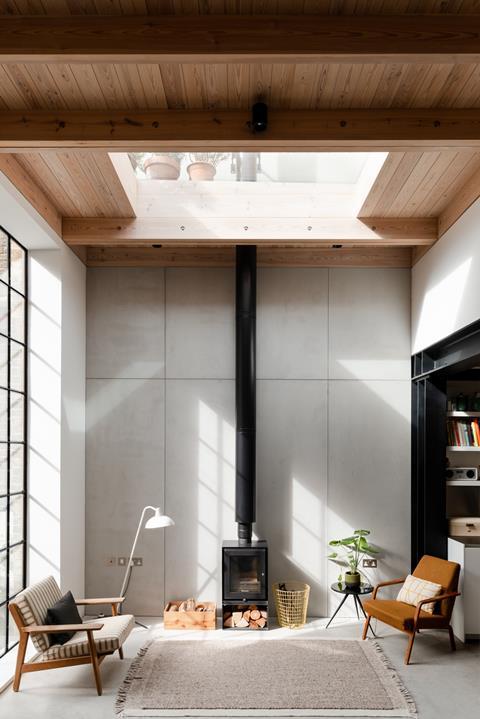
However, many designers are now increasingly comfortable working on a consultancy basis, and it can add real value to bring on an interior designer as consultant as part of the RIBA Stage 2 / Concept Design phase, even only for a day or two. This is a cost-effective way to bring an interior designer on board, at the time when they can most usefully add value quickly.
Another misconception is that an interior designer only sources furniture and chooses paint colours. We often have a really good understanding of a wide range of materials and products needed for renovation projects, bringing with us specification knowledge and a little black book of joiners, lighting suppliers, tiles, flooring materials etc.
Architects always have such a wide range of responsibilities, from dealing with planning departments to detailing technical building, that it can be challenging to also have the capacity to concentrate on the smaller, yet significant, design choices, such as the hard finishes, paint colours, choice of hardware or light fitting, that define a space’s atmosphere.
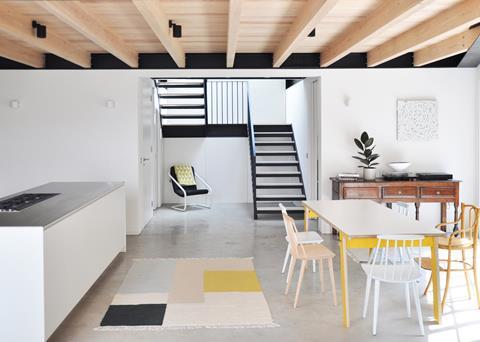
An interior designer, with a dedicated attention to materials, finishes and the client’s lifestyle, can free up an architect to focus on the big picture stuff (form, structure and technicalities). Having time to explore and develop a materials palette and investigate a roster of makers and suppliers is actually one of the main ways, in fact, that I feel I have been able to add most value to a project when I’m working alongside an architect.
I think if an architect or client is minded to bring an interior designer on board for a project, that it’s fairly key that an interior designer doesn’t join a project team too late, as design opportunities can be missed, and it can be pretty frustrating for an architect if decisions made at the Design Concept phase are then opened up for review if an interior designer is only appointed, say, at RIBA Stage 4 Technical Design phase.
The magic of collaboration
An architect and interior designer can have clearly defined separate areas of responsibility on a project, but also there are moments of crossover, and that’s where the real magic can happen. I’m currently collaborating closely with architect Edward Powe, Director at StudioFolk Architects, and our working relationship has been successful. And while we maintain a clear division of focus and priorities, we also make room for the exchange of ideas and creative experimentation to achieve a cohesive result.
Edward has said of his collaboration with Kinder Design that, “The collaborative process that we’ve developed ensures that architecture and interiors seamlessly blend, with each discipline complementing the other to create a unique and characterful design. Ultimately, the client benefits from this integrated approach, receiving a design that’s not only visually and functionally outstanding but also perfectly aligned with their exact needs.”
Ultimately, collaboration between architects and interior designers from the outset can elevate any project. It’s not about one discipline being better than the other, it’s about creating a cohesive, functional and aesthetically pleasing space. Together, we can create the best possible outcome for clients.
Postscript
Leo Wood is founder of interior design practice Kinder Design.


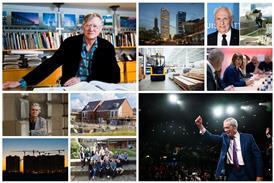
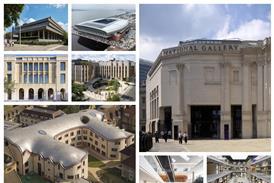












3 Readers' comments